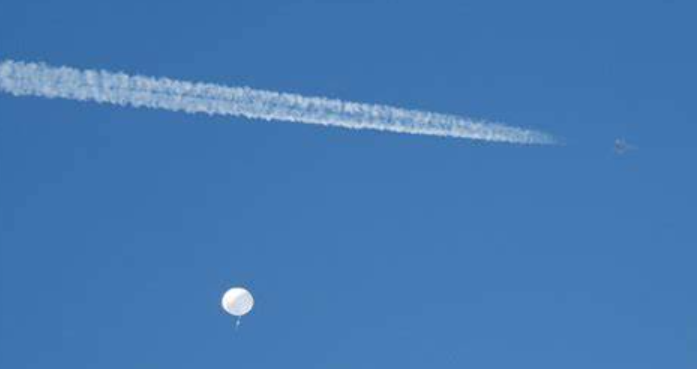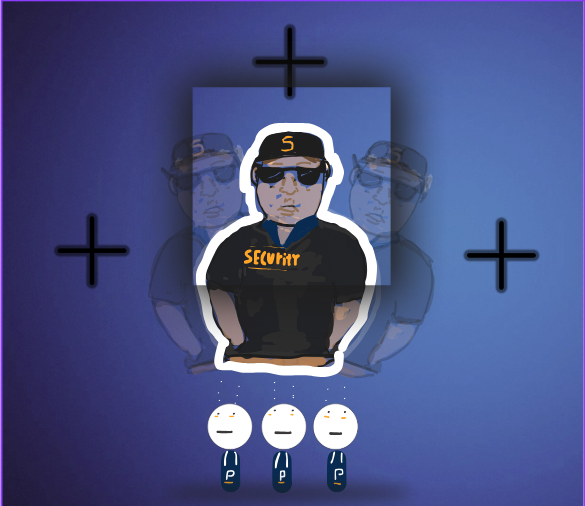Throughout late January and early February, you may have been glued to the television set, seeing the saga of an unidentified balloon flying over US airspace. It was later confirmed to be a Chinese Spy Balloon, raising questions from the US public about how our “best military defense in the world” could somehow miss such a glaring trespass from a hostile foreign government.
The U.S. military detected the balloon over Alaska’s Aleutian Islands on January 28, but the Pentagon only disclosed the presence of the airship on February 2, when it was over Montana. By that point, it had been seen by aircraft, as well as civilians on the ground over northwest Canada and Idaho. After being made aware of the balloon, President Biden was briefed on the issue, and asked his advisers for military options. Officials warned against shooting down the aircraft over land, as there was potential for fallen debris to harm civilians on the ground, so the decision was made to wait until the balloon drifted over water. As the balloon neared the Atlantic coast of South Carolina on February 4, one F-22 fighter jet fired a Sidewinder missile at the balloon, finally bringing it down.
So why was the balloon here, and why didn’t we know it was coming? Well, according to The Wall Street Journal, balloons have been used for decades for surveillance purposes, including at the height of the Cold War. They can be used for tracking missile threats, surveillance, and as nodes for communication links, according to senior fellow Craig Singleton at the Foundation for Defense of Democracies. Biden senior officials revealed that there had previously been numerous intrusions of Chinese high-altitude surveillance balloons that had gone undetected until after leaving American airspace. It was said that there were at least 4 previous incursions of this kind in American airspace. As for why we didn’t know this balloon was coming, that remains vague and unclear to the public. The United States is a member of Norad, or North American Aerospace Defense Command, which is an alliance between the United States and Canada that provides aerospace warning, radar tracking, and other aerospace defense systems for the US and Canada. General Glen Vanherck, commander of Norad, stated that there was a “surveillance gap” in the system, and that the United States is trying to determine why the earlier flights went undetected.
Considering the budget of Northcom/Norad is in the tens of billions, and they failed to do their primary job (detecting a foreign object on domestic soil) it is no wonder why Americans are questioning the effectiveness of this defense system. With bureaucratic vagueness being the only available information to the public as to why the balloon wasn’t previously detected, it seems that the public dollars will be wasted, without them getting a thorough explanation of why failures in defense intelligence occurred.







